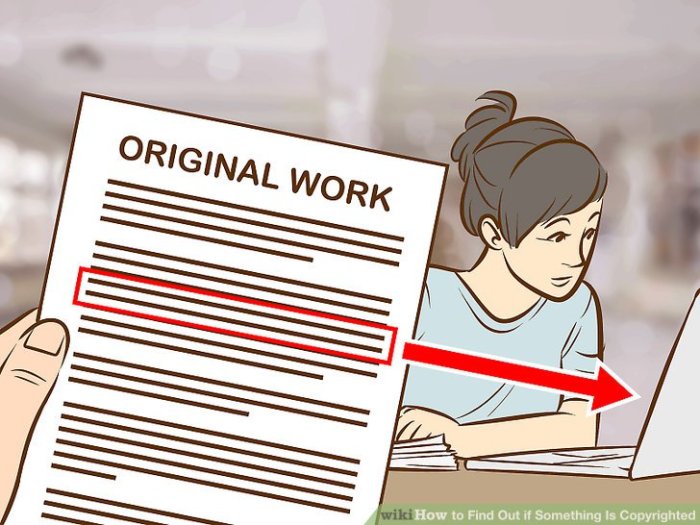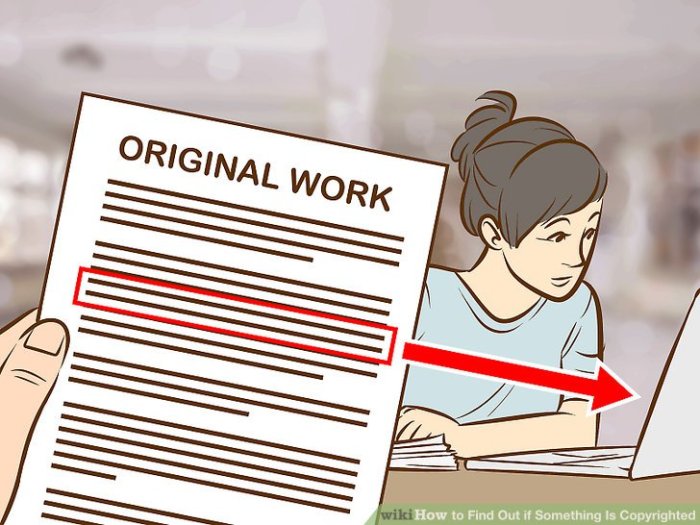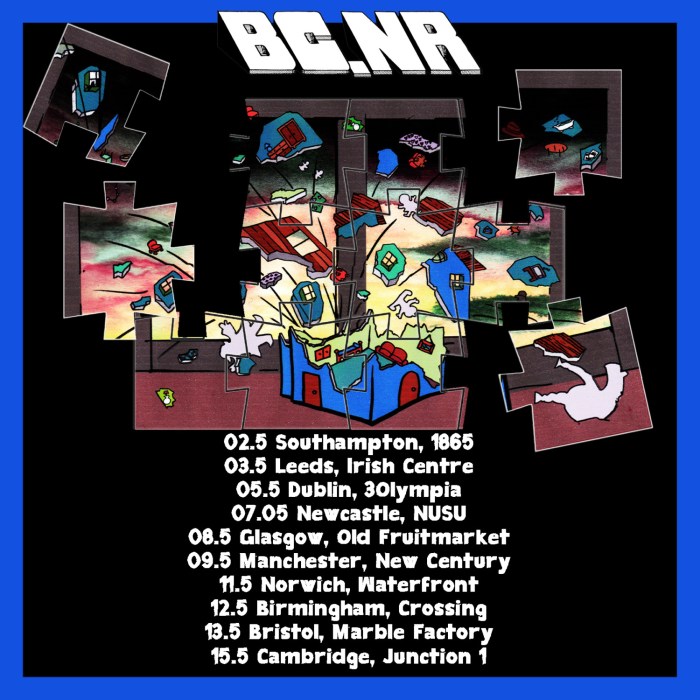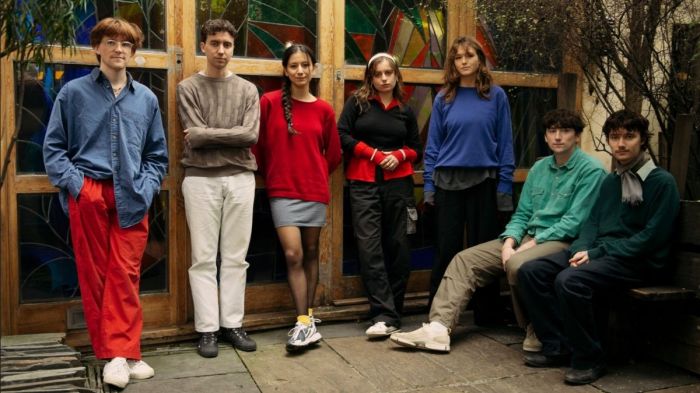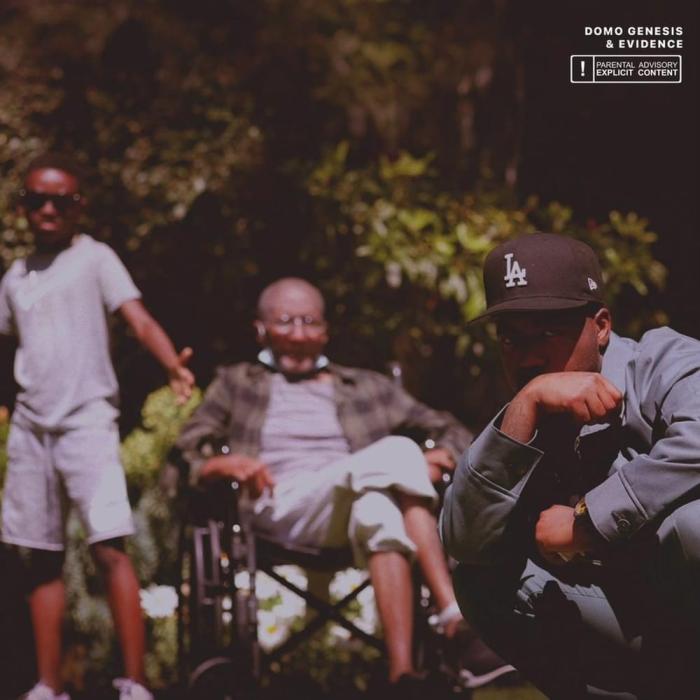Write a Condolence Letter: Navigating the delicate task of expressing sympathy and support during times of loss. This guide delves into the nuances of crafting heartfelt messages, offering a comprehensive framework for creating letters that resonate with sincerity and empathy. From understanding the purpose of a condolence letter to crafting the perfect closing, we’ll explore the essential elements to create a meaningful expression of sorrow and support.
This comprehensive guide will help you craft a condolence letter that honors the deceased and provides comfort to the bereaved. We’ll cover everything from the structure and content to addressing specific situations and using appropriate language and tone. We’ll examine the various emotional elements to ensure your letter is a true expression of care.
Understanding the Purpose of a Condolence Letter
A condolence letter is a powerful tool for expressing sympathy and support during a time of grief. It’s a tangible way to acknowledge the loss and let the recipient know you’re thinking of them. It’s more than just a formality; it’s an act of compassion that can offer comfort and solace in the face of profound sadness.A well-crafted condolence letter goes beyond mere platitudes.
It’s an opportunity to share your memories of the deceased, acknowledge the impact of their life, and offer words of comfort and encouragement to the bereaved. It’s about showing empathy and understanding, and acknowledging the depth of their loss.
Primary Goals of a Condolence Letter
Condolence letters aim to provide comfort, support, and a sense of connection during a difficult time. They acknowledge the loss and express sympathy to the bereaved. They are not intended to diminish the grief but rather to offer a tangible expression of care and solidarity.
Different Emotions Addressed in a Condolence Letter
A condolence letter can address a range of emotions, from sadness and grief to love, remembrance, and gratitude. It can acknowledge the pain of loss while also celebrating the life of the departed. Expressing these various emotions in a thoughtful manner is crucial to making the letter meaningful. For instance, if the deceased was a source of strength, you could mention their resilience and positive impact on others.
If they had a particular hobby, you could recall a fond memory related to it.
Situations Where a Condolence Letter is Appropriate
Condolence letters are suitable for various situations, such as the death of a family member, friend, colleague, or even a public figure whose work or personality had a significant impact on your life. A death in the community, a local hero, or someone you encountered regularly at a particular place, also warrants a condolence letter. The recipient’s relationship with the deceased will determine the tone and content of the letter.
Ways to Express Sympathy in a Condolence Letter
Expressing sympathy authentically involves sharing specific memories and feelings. You can recall a favorite anecdote or a cherished quality of the deceased. Instead of generic phrases, use concrete examples to demonstrate your understanding of the loss. Sharing a personal story that highlights a positive aspect of the deceased’s character can be particularly meaningful. For example, you could mention their kindness or their sense of humor.
Tone and Style for Different Relationships
The tone and style of a condolence letter should reflect the nature of your relationship with the deceased. A letter to a close friend will differ significantly from one written to a distant acquaintance. For a close family member, a more personal and heartfelt tone is appropriate, sharing specific details about their life and the impact they had.
For a colleague, a professional and respectful tone focusing on shared experiences and professional admiration is suitable. For a stranger, a simple expression of sympathy and acknowledgment of the loss is sufficient. Avoid using overly formal language or excessively emotional language when writing to someone you don’t know well.
Structuring the Letter
Crafting a heartfelt condolence letter requires careful consideration of its structure. It’s not just about expressing sympathy; it’s about offering tangible support during a difficult time. A well-structured letter can provide comfort and a sense of connection to those grieving. A clear and organized layout allows the message to resonate more deeply.A thoughtfully structured condolence letter demonstrates empathy and respect for the loss.
It provides a framework for conveying your sincere feelings in a way that is both meaningful and supportive. The structure allows the recipient to process the information and emotions presented in a way that is comfortable for them.
Basic Structure for a Condolence Letter
A condolence letter should have a clear beginning, middle, and end. This allows the recipient to easily understand the message and process the information. The following structure provides a template for creating a supportive and meaningful letter:
| Heading | Content | Purpose |
|---|---|---|
| Opening | Express initial condolences and acknowledge the loss. Briefly mention the relationship with the deceased. | Sets the tone of the letter, offering immediate support. |
| Body | Share specific memories or anecdotes about the deceased. Offer words of comfort and support. Express your understanding of their grief. Acknowledge any challenges the bereaved may be facing. | Provides a personal touch and strengthens the connection. This is the core of the letter, providing comfort and empathy. |
| Closing | Express continued support and offer practical help, if possible. Reiterate your condolences and express hope for the future. Include a final expression of sympathy. Sign off with your name. | Concludes the letter with a sense of hope and ongoing support. Provides closure and a sense of connection. |
Arranging Paragraphs for Clarity and Impact
Paragraphs are crucial in a condolence letter for conveying your message effectively. Each paragraph should focus on a specific thought or idea, enhancing clarity and impact. A well-structured paragraphing strategy enhances the letter’s readability.
- Start with a clear topic sentence: Each paragraph should begin with a sentence that clearly states the main point of that paragraph. This helps the recipient easily understand the flow of your thoughts and feelings.
- Develop the idea: Subsequent sentences in the paragraph should support and expand on the topic sentence. Avoid abrupt shifts in focus.
- Maintain a consistent tone: Use a tone that is appropriate for a condolence letter – thoughtful, compassionate, and respectful. Avoid overly casual or overly formal language.
- Use transition words: Transition words (e.g., however, furthermore, in addition) can help to connect ideas smoothly between paragraphs, enhancing clarity and impact.
Importance of Appropriate Paragraphing
Paragraphing in a condolence letter directly impacts the recipient’s experience. Clear paragraphing allows for a more organized and thoughtful delivery of condolences. By dividing the letter into distinct paragraphs, you create a structure that helps the recipient process the information and emotions presented.
- Improved Readability: Well-structured paragraphs enhance readability, allowing the recipient to focus on the message without feeling overwhelmed.
- Enhanced Understanding: Each paragraph focuses on a specific aspect of your message, making it easier for the recipient to grasp the overall message and the specific sentiments expressed.
- Greater Impact: Well-defined paragraphs allow the recipient to absorb each point of your message more effectively, resulting in a more significant and lasting impact.
Content for the Opening
The opening of a condolence letter is crucial. It sets the tone for the entire message, demonstrating empathy and respect for the grieving recipient. A well-crafted opening can help ease the pain and provide a sense of comfort during a difficult time.The opening section should immediately convey your sincere sympathy and understanding of the loss. It should also be tailored to the specific relationship you had with the deceased and the recipient.
Suitable Opening Statements
A strong opening statement immediately establishes your empathy and respect. Avoid clichés or overly formal language. Instead, focus on heartfelt expressions of sympathy.
- “I was deeply saddened to hear about the passing of [deceased’s name]. My thoughts and prayers are with you and your family during this difficult time.”
- “It breaks my heart to learn of the loss of [deceased’s name]. Your [relationship with the deceased] meant so much to me, and I know how much [he/she] meant to you.”
- “Words cannot express the profound sorrow I feel for the loss of [deceased’s name]. I will always cherish the memories we shared.”
Addressing the Recipient and Relationship
Addressing the recipient appropriately demonstrates respect and understanding. Tailor your language to reflect the nature of your relationship with both the deceased and the recipient.
- For close family members: Use terms like “Dearest [Recipient’s Name],” “Beloved [Recipient’s Name],” or “Dear [Recipient’s Name]”.
- For friends: Use terms like “Dear [Recipient’s Name],” “My Dearest [Recipient’s Name],” or “Dearest [Recipient’s Name].”
- For colleagues: Use terms like “Dear [Recipient’s Name],” “Esteemed [Recipient’s Name],” or “Dear [Recipient’s Name]”.
Acknowledging the Loss and Expressing Sorrow
Clearly acknowledging the loss and expressing your sorrow demonstrates genuine care. Use specific language to show you understand the depth of the grief.
- Expressing sorrow directly: “I was deeply saddened to hear about the passing of [deceased’s name].”
- Acknowledging the loss’s impact: “My heart aches for you and your family during this incredibly difficult time.”
- Sharing a personal reflection: “The news of [deceased’s name]’s passing brought a wave of sadness over me.”
Expressing Your Personal Connection to the Deceased
Personalizing your letter by sharing specific memories or anecdotes demonstrates your care and understanding of the deceased’s character. This strengthens the impact of your letter.
- Mention a specific positive trait: “[Deceased’s name] always had a positive outlook on life and a knack for making everyone around them feel special.”
- Share a fond memory: “I will always remember [a specific fond memory].”
- Highlight a shared experience: “We shared many wonderful moments together, including [a shared experience].”
Comparing Opening Approaches
| Situation | Close Family Member | Friend | Colleague |
|---|---|---|---|
| Formal | “With profound sorrow, I learned of the passing of…” | “I was deeply saddened to hear about…” | “I was saddened to hear of…” |
| Informal | “My heart goes out to you and your family during this difficult time…” | “Thinking of you and sending my deepest condolences…” | “My thoughts are with you and the team…” |
| Personal | “I will always remember [deceased’s name]’s kindness…” | “I’ll always cherish the memories we shared…” | “I appreciated our time together discussing…” |
Content for the Body

The body of a condolence letter is where you can truly connect with the recipient and offer your support. It’s not just about expressing sympathy, but about demonstrating your understanding of the loss and your relationship with the deceased. This section should be crafted with care, focusing on personal memories and meaningful expressions of support.The most impactful condolences often stem from specific shared experiences.
Recalling anecdotes, highlighting positive traits, and offering words of encouragement all contribute to a letter that feels genuine and comforting. This section should be tailored to the specific relationship you had with the deceased and the context of the loss.
Sharing Specific Memories of the Deceased
Remembering specific anecdotes, whether large or small, creates a richer and more personal connection with the recipient. These memories can be humorous, heartwarming, or even reflective of challenges overcome together. Avoid general statements and focus on details that truly capture the essence of the person. These details make the letter more memorable and provide comfort.
“Remember that time we… [brief anecdote]?”
Expressing Positive Attributes of the Deceased
Highlighting positive qualities helps paint a complete picture of the person. Instead of simply stating that they were kind, describe specific instances where their kindness shone through. This will not only offer comfort but also serve as a reminder of the positive impact the deceased had on others. Examples of positive attributes include compassion, resilience, humor, and dedication.
Offering Words of Encouragement and Support
Expressing support and encouragement can be incredibly powerful in a time of grief. Focus on specific ways you can be there for the recipient, whether it’s practical assistance, emotional support, or simply offering a listening ear. Avoid clichés and instead use words that genuinely reflect your care and concern.
Sharing Personal Stories That Connect to the Deceased
Personal stories that connect you to the deceased can be incredibly meaningful. These don’t need to be monumental events; even small interactions can be powerful. These stories demonstrate your relationship with the deceased and reinforce the impact they had on others.
“I’ll always remember how [he/she] helped me through [a specific challenge].”
Structure for the Body of the Letter
Using a structured approach can make the letter more impactful and easier to read. Consider organizing your memories using a chronological order, a thematic approach, or a combination of both. This allows the reader to connect with the different facets of the deceased’s life.
Category Memory Shared Experiences Remember that time we… [brief anecdote]? Positive Attributes [He/She] always had a way of making people feel welcome. Words of Encouragement You are loved and supported by many.
Content for the Closing: Write A Condolence Letter
A heartfelt closing is crucial in a condolence letter. It allows you to express your deepest sympathy while offering a sense of closure and support to the bereaved. The closing should resonate with the tone of the letter and reflect the relationship you had with the deceased.
Suitable Closing Statements and Expressions of Sympathy
The closing should encapsulate your message of support and sympathy. Avoid overly formal or impersonal language. Instead, opt for expressions that convey genuine empathy and understanding. Examples include: “With heartfelt sympathy,” “With deepest condolences,” “Sending you strength during this difficult time,” or “Thinking of you and your family.” Personal anecdotes, while appropriate in the body, should be reserved for the initial sections, as they can feel intrusive or overwhelming in the closing.
Offering Further Support or Resources
Closing with an offer of assistance demonstrates a caring approach. This can include practical support like help with funeral arrangements, childcare, or errands, or emotional support by suggesting resources like grief counseling or support groups. If appropriate, mention specific organizations or websites that provide helpful resources. For example, you could mention “The Compassionate Friends” or “GriefShare” if you feel that your support would be beneficial.
Writing a condolence letter can be tough, especially when you’re feeling lost for words. It’s a delicate balancing act of expressing sympathy and offering support. Thinking about the recent release, “new release s carey all we grow” new release s carey all we grow , I realized how music can sometimes provide comfort during difficult times.
Ultimately, a thoughtful condolence letter, however, should focus on the relationship you shared and the memories you have.
Specific offers should be tailored to the situation and your relationship with the recipient. For instance, “Please don’t hesitate to reach out if you need anything at all, or if you’d like to talk” shows a willingness to be helpful without being intrusive.
Expressing Continued Thoughts and Prayers
A sincere expression of continued thoughts and prayers can provide comfort and a sense of connection. Phrases like “Our thoughts and prayers are with you,” or “We continue to hold you all in our thoughts and prayers” are suitable options. Ensure these expressions are authentic and reflect your genuine concern. Be mindful of cultural sensitivities when using expressions of prayer.
If unsure about the recipient’s beliefs, a more general expression like “We’re thinking of you” might be more appropriate.
Examples of Appropriate Closings for Different Levels of Closeness
The closing should reflect the nature of your relationship with the deceased and their family. For close friends and family, a more personal and detailed closing is appropriate. For acquaintances, a more general expression of sympathy suffices. For example, a close friend might receive a closing like, “My heart aches for you and your family. Please know I’m here for you, and don’t hesitate to reach out if you need anything at all.” A more formal closing might be suitable for a colleague or business associate, such as “Please accept our sincere condolences.
Our thoughts are with you during this difficult time.”
Comparing Closing Styles and Emotional Impact
| Closing Style | Emotional Impact | Example |
|---|---|---|
| Formal | Respectful, suitable for acquaintances or professional relationships. | “With sincere condolences, [Your Name]” |
| Personal | Shows empathy and closeness. Suitable for close friends and family. | “Thinking of you and your family during this difficult time. Please don’t hesitate to reach out if you need anything at all.” |
| Supportive | Offers practical help or resources. Demonstrates care and concern. | “Our thoughts and prayers are with you. If you need anything at all, please don’t hesitate to contact [your phone number or email address].” |
| Hopeful | Focuses on the future, acknowledging the grief but expressing hope. | “May your memories of [deceased’s name] bring you comfort in the days ahead. Our thoughts and prayers are with you.” |
Addressing Specific Situations
Writing condolence letters is a delicate act, demanding empathy and understanding. Tailoring the message to the specific situation, relationship, and circumstances of the loss is key to conveying sincere support. This section delves into adapting your letter to various situations, from the loss of a child to expressing sympathy to a colleague.
Writing for a Child’s Loss
Grief manifests differently in children and their families. A child’s loss, whether of a parent, sibling, or grandparent, is profoundly impactful. When writing for a child, focus on simple, age-appropriate language. Avoid complex vocabulary or emotionally charged phrases. Instead, use words that resonate with the child’s understanding.
Emphasize the enduring love and memories of the deceased. For example, you might write about cherished moments, shared laughter, or special qualities of the person lost. This approach acknowledges the child’s perspective and provides comfort.
Addressing Loss Within a Family or Community
A loss within a close-knit family or community often necessitates a more comprehensive approach. The grieving process can be amplified when multiple individuals are affected. In such cases, acknowledge the collective sorrow. For instance, you could mention the shared experiences or memories the deceased shared with the community. A letter expressing sympathy to a family might mention specific fond memories of the deceased’s role within the community.
The tone should be one of solidarity and support, recognizing the shared loss and the strength of the community in facing adversity.
Comparing and Contrasting Condolence Letters for Different Relationships
The tone and content of a condolence letter should reflect the nature of your relationship with the bereaved. A letter to a close friend will differ significantly from one written to a colleague. With a close friend, you can delve into shared memories and personal anecdotes. You can offer a more personal and intimate expression of support.
With a colleague, you would maintain a professional tone while still expressing empathy and support. The language will likely be more formal and focused on shared professional experiences and the impact of the loss on the workplace.
Writing a condolence letter can be tough, but it’s a meaningful way to show support. Thinking about the recent Cars 3 movie, especially the awesome performance by Nathan Fillion, that’s a reason you need to see it nathan fillion cars 3 thats reason need see. Hopefully, this reminder of a great movie will help make writing your letter a little easier.
It’s a thoughtful gesture, no matter how you approach it.
Importance of Expressing Support in Various Loss Situations
Regardless of the relationship or situation, expressing support is crucial during times of grief. The act of writing a letter, even a short one, can provide a tangible gesture of compassion. It shows that you are thinking of the bereaved and their family. Acknowledging the loss, offering condolences, and expressing your willingness to help in any way possible, whether through practical assistance or simply being present, provides a much-needed sense of comfort and connection.
“A simple act of kindness can have a profound impact on someone struggling with grief.”
Adapting Content for Expressing Condolences to a Colleague
When writing to a colleague, maintain a professional tone while expressing empathy. Focus on shared experiences and the impact of the loss on the workplace. For example, you could mention a shared project or a positive work trait of the deceased. Reassure the colleague of your support during this difficult time. Avoid overly personal anecdotes or overly emotional language.
Maintain a respectful and professional demeanor, respecting the workplace environment. Focus on expressing support in a way that acknowledges the colleague’s grief while also respecting professional boundaries.
Writing a condolence letter can be tough, but expressing your sympathy is important. It’s a delicate task, requiring empathy and heartfelt words. Think about how you can best honor the deceased while offering support to the bereaved. To ensure your message resonates, consider looking into ways to add a personal touch, such as sharing a fond memory.
You might even find inspiration in learning how to install a swag hook, a project that requires focus and attention to detail, mirroring the thoughtful approach needed when writing a condolence letter. Install a Swag Hook can offer a helpful framework for structuring your thoughts. Ultimately, a heartfelt and well-written condolence letter demonstrates compassion and care during a difficult time.
Illustrative Examples
Crafting a heartfelt condolence letter is a powerful way to express your sympathy and support during a difficult time. These examples showcase different approaches, demonstrating how to personalize your message to fit various relationships and situations.
Close Family Member’s Passing
This example focuses on a close family member, emphasizing shared memories and love. The tone is warm and personal, reflecting the deep bond between the writer and the deceased.
Dearest Aunt Emily, Words seem inadequate to express the profound sorrow we feel at your passing. Your laughter, wisdom, and unwavering support will forever be etched in our hearts. From childhood stories shared around the kitchen table to the countless holidays filled with your loving presence, you touched each of us in unique and meaningful ways. We cherish the memories of [mention a specific, cherished memory, e.g., your amazing cooking skills or your heartwarming stories].You were a pillar of strength and a source of comfort to our entire family. We will miss you dearly. With heartfelt sympathy, [Your Name] and the entire family
Letter to a Friend
This letter demonstrates how to express genuine sorrow and support for a friend facing loss. The focus is on the shared experiences and emotional connection.
Dearest Sarah, My heart aches for you and your family during this incredibly difficult time. I can't imagine the pain you're going through losing [Name of deceased]. We've shared so many unforgettable memories together, from [mention a specific shared memory, e.g., our adventures backpacking in the mountains to our late-night study sessions]. Knowing how much [he/she] meant to you, I want you to know that I'm here for you, no matter what.Please don't hesitate to reach out if you need anything at all. Sending you all my love and strength, [Your Name]
Letter to a Colleague
This letter offers a professional yet compassionate approach to expressing sympathy for a colleague’s loss. It focuses on respect and shared work experiences.
Dear Mark, On behalf of the entire team, I want to express our deepest condolences on the passing of [Name of deceased]. We were all deeply saddened to hear the news. [He/She] was a valuable asset to our team, and we will miss [him/her] tremendously. [Mention a specific positive quality or work-related memory, e.g., his dedication to problem-solving or her positive attitude].Our thoughts and prayers are with you and your family during this difficult time. Sincerely, [Your Name]
Letter to a Community Member, Write a Condolence Letter
This letter addresses a community member’s loss, highlighting the impact the deceased had on the community.
To the [Name of Community], We are deeply saddened by the loss of [Name of deceased]. [He/She] was a cherished member of our community, contributing significantly to [mention specific contributions, e.g., the local library or the youth sports program]. [He/She] always had a positive attitude and an unwavering commitment to [mention a positive value, e.g., helping others or supporting local initiatives].We will miss [him/her] greatly. With deepest sympathy, [Your Name] and the [Name of Community]
Language and Tone
Crafting a heartfelt condolence letter requires careful consideration of language and tone. A well-chosen word can offer comfort and support, while an inappropriate one can unintentionally cause further pain. It’s crucial to strike a balance between conveying genuine emotion and maintaining sensitivity towards the bereaved.
The language you choose should reflect the depth of your relationship with the deceased and your understanding of the situation. Avoid generic expressions and focus on specific details that resonate with the recipient.
Importance of Appropriate Language
Using appropriate language ensures the letter is received as a genuine expression of sympathy rather than a perfunctory gesture. A carefully worded letter can offer comfort and support to the grieving family, whereas insensitive language can cause further pain.
Avoiding Clichés and Overly Formal Language
Clichés and overly formal language can diminish the impact of your message. Phrases like “God bless” or “Rest in peace” while often well-intentioned, can feel trite or impersonal in a personal condolence letter. Instead, strive for genuine emotion and personalization.
Expressing Emotions Empathetically
Empathy is key to conveying genuine emotion. Acknowledge the loss without minimizing the pain. Using phrases that acknowledge the grief and the impact of the loss, rather than minimizing it, shows that you understand and care. For example, instead of saying “They’re in a better place now,” consider something like “I know how much [deceased’s name] meant to you.” This demonstrates understanding and empathy.
Avoiding Insensitive Language
Avoid language that could be perceived as insensitive or inappropriate. For instance, avoid clichés or comparisons to other similar situations. Do not offer unsolicited advice or try to minimize the loss. Consider the recipient’s perspective and cultural background when choosing your words. Examples of insensitive language include expressions that trivialize the loss or imply that the grieving person should “get over it.”
Using Evocative Language
Evoking specific memories or qualities of the deceased can personalize your message and make it more meaningful. Instead of generic statements, share a specific anecdote about the deceased that demonstrates their personality or character. This helps personalize the message and demonstrate that you truly knew and valued the person. For example, “I’ll always remember [deceased’s name]’s infectious laugh” is more meaningful than “He was a good man.”
Last Recap

In conclusion, crafting a condolence letter is more than just writing words; it’s about demonstrating empathy and understanding during a difficult time. By following this guide, you can create a meaningful and supportive message that honors the memory of the deceased and offers solace to those grieving. Remember, sincerity and genuine emotion are key to making a difference.







